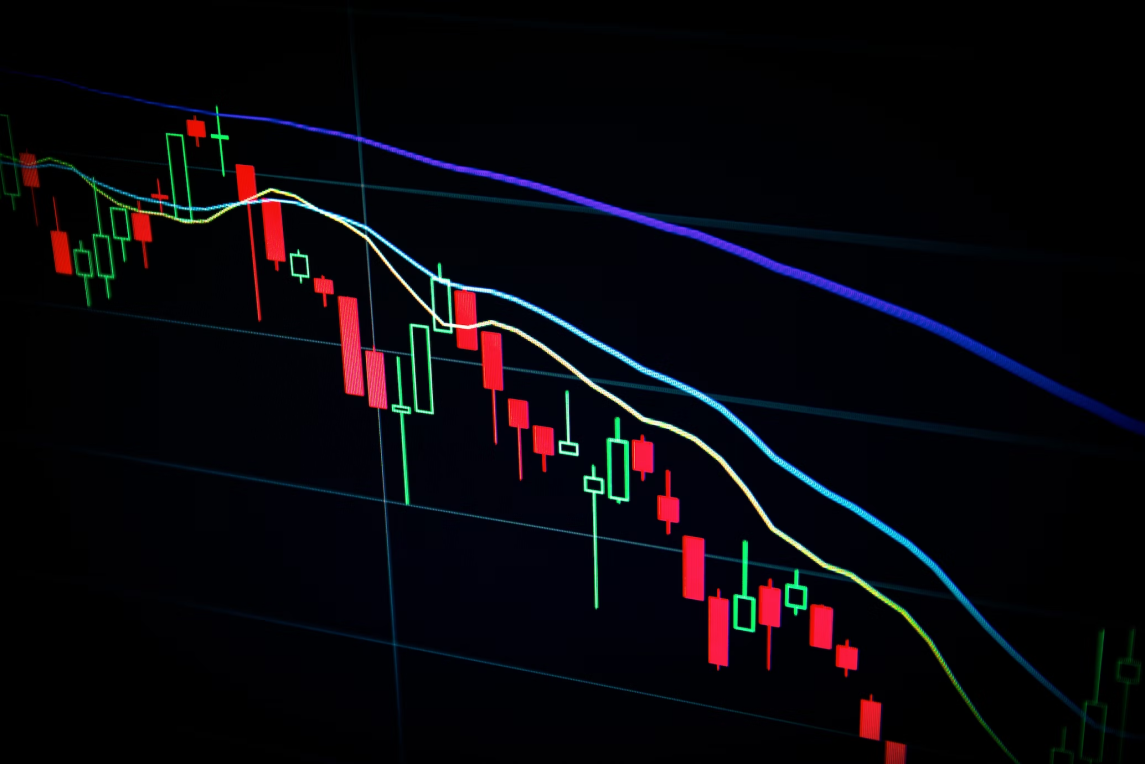As the Bitcoin network approaches its halving event, expected around April 20, 2024, there’s a buzz of anticipation among miners and cryptocurrency enthusiasts. This event, occurring roughly every four years, is a significant milestone that reduces miners’ rewards by half. Currently, there are 34 days left until this event, and BTC’s price has been holding strong above $60,000, reaching nearly $74,000 on March 14.
Bitcoin miners anticipate the halving event
The halving event brings a notable change in the ecosystem. Miners, who play a crucial role in securing the network and validating transactions, will see their rewards reduced from 6.25 bitcoins per block to just 3.125 bitcoins per block. This reduction in block rewards can have a substantial impact on miners’ profitability, especially for those with high operational costs.
However, despite the halving’s potential to reduce mining profitability, some factors could offset these revenue losses. One such factor is the increase in its price, which has remained strong throughout March. Additionally, on-chain transaction fees have risen, providing an additional source of revenue for miners.
To put this into perspective, let’s consider a hypothetical scenario if the halving had occurred last year on April 20, 2023, when BTC’s price was around $28,245. At that time, miners were generating approximately $25.42 million daily by mining around 900 BTC. Post-halving, with only 450 BTC being mined, revenues would have dropped to about $12.71 million.
Fast forward to the present, where BTC’s price hovers above $67,000, resulting in daily earnings of $60.3 million from block rewards alone. If the price maintains this level, the halved daily output of 450 BTC could still net miners $30.15 million, surpassing the earnings from 900 BTC in April last year.
Bitcoin price anticipation and miners profitability
Miners now earn more per transaction, with the average fee jumping significantly from $2.05 per transfer in April 2023 to $8.28 or 37.7 satoshis per virtual byte currently. This increase in transaction fees adds to miners’ revenue streams and contributes to their overall profitability.
While these trends indicate potential profitability for well-established mining operations, it’s essential to consider the volatility of Bitcoin’s price. A significant drop in price to levels like $50,000, $40,000, or below $30,000 could significantly impact miners’ profitability, especially those with higher operational costs.
Historically, halving events have been followed by rises in Bitcoin’s price over the medium to long term, which has compensated for the reduced block rewards. This pattern suggests that while the halving may make mining less profitable in the short term, it could lead to increased profitability over time as Bitcoin’s price adjusts to the new supply dynamics.
The upcoming halving event on the BTC network brings both challenges and opportunities for miners. While the halving reduces block rewards, factors such as Bitcoin’s price increase and higher transaction fees could mitigate revenue losses. However, miners must remain vigilant and adapt to market conditions to ensure continued profitability in the ever-evolving cryptocurrency landscape.





